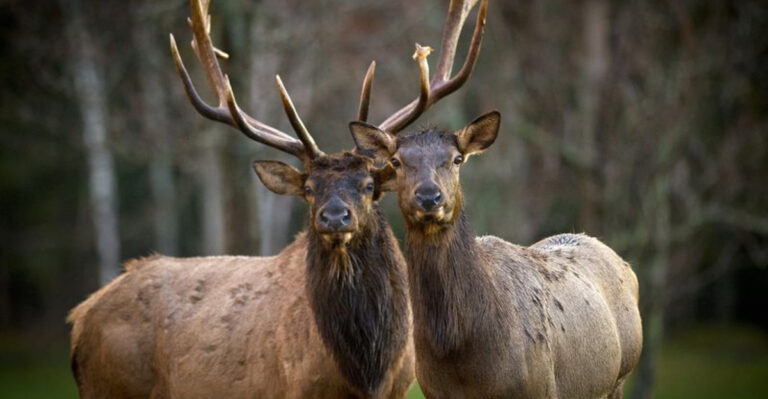Ancient Marine Predator Ate Much More Than Just Whales, According To Researches
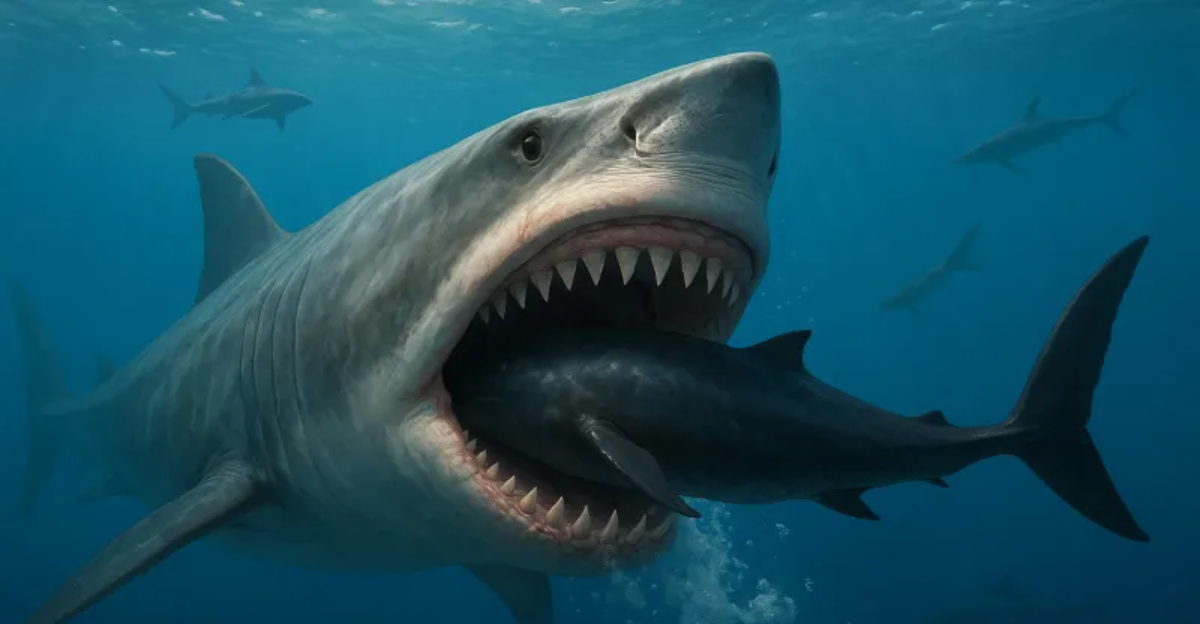
Ever wondered what the most terrifying sea monster of all time actually ate? Scientists have made a jaw-dropping discovery about Otodus megalodon, the massive prehistoric shark that ruled ancient oceans.
This 50-foot monster wasn’t just a whale hunter – it had a much more varied menu than we ever imagined!
Recent research using zinc isotopes from megalodon teeth has completely changed what we know about this incredible creature’s eating habits.
The Gigantic Otodus Megalodon: An Ancient Apex Predator
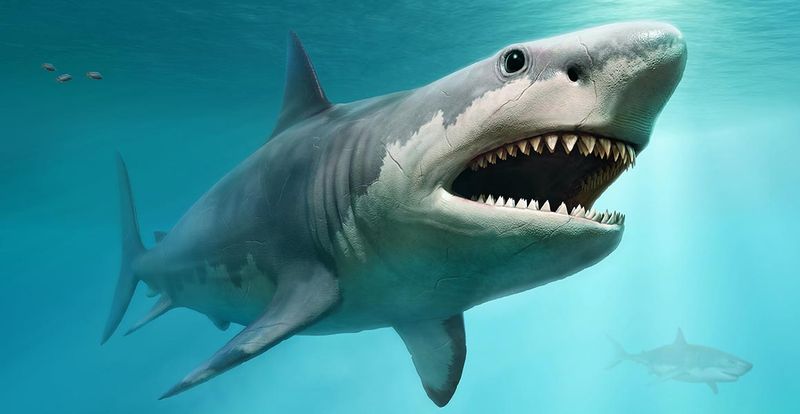
Imagine a shark the size of a school bus cruising prehistoric oceans. Otodus megalodon grew to an astonishing 50-60 feet long with teeth bigger than your hand!
These monsters ruled the seas from 23 to 3.6 million years ago, striking fear into everything that swam. Scientists believe they could open their massive jaws wide enough to swallow a small car.
No other marine predator has ever matched megalodon’s combination of size, speed, and hunting ability. Its name literally means “big tooth” – and for good reason! A single tooth could be over 7 inches long, perfect for slicing through almost any prey.
How Otodus Megalodon Became The Ocean’s Most Formidable Hunter
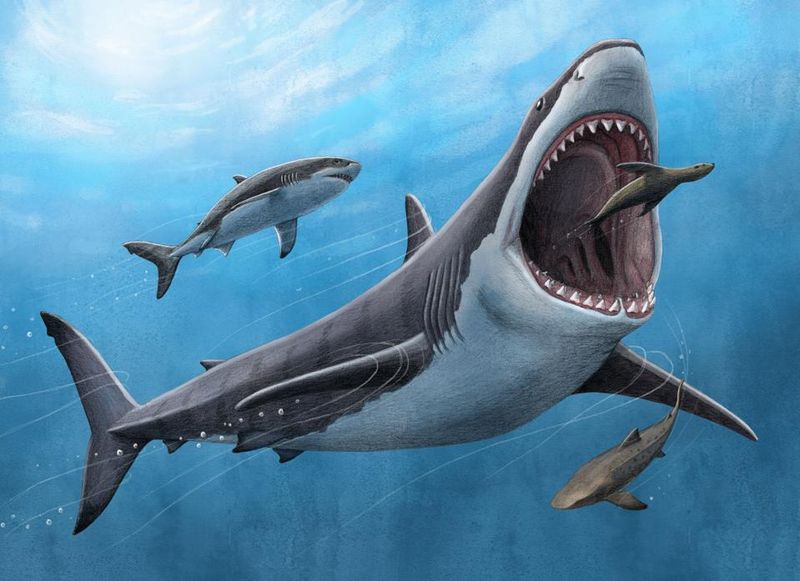
Evolution crafted megalodon into the ultimate ocean predator through millions of years of adaptation. Its streamlined body allowed for explosive bursts of speed despite its enormous size.
Megalodon’s hunting strategy relied on powerful tail thrusts and surprise attacks from below. The shark’s body was supported by cartilage rather than bone, making it surprisingly agile for such a massive creature.
Baby megalodons developed in protected nursery areas until they grew large enough to hunt on their own. Even young megalodons were already bigger than most adult sharks today! Their incredible hunting abilities developed early, making them successful predators from youth to adulthood.
The Role Of Otodus Megalodon In The Prehistoric Ocean Ecosystem
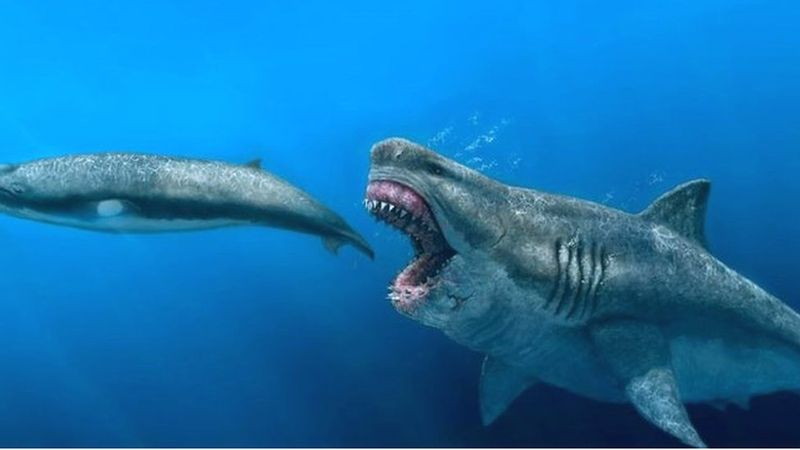
Megalodon wasn’t just a super-predator – it was a key player that shaped entire ocean ecosystems. As the top predator, it controlled the population of other marine animals, preventing any single species from becoming too numerous.
When megalodons hunted, they created feeding opportunities for smaller scavengers. Chunks of prey would fall to the ocean floor, feeding everything from small fish to crabs.
The extinction of megalodon around 3.6 million years ago caused a major shift in ocean food webs. Without this apex predator, certain whale populations exploded, changing migration patterns and feeding behaviors of countless marine species. Megalodon’s disappearance shows how important top predators are for healthy oceans.
Otodus Megalodon: A Whale Hunter Of Legendary Proportions
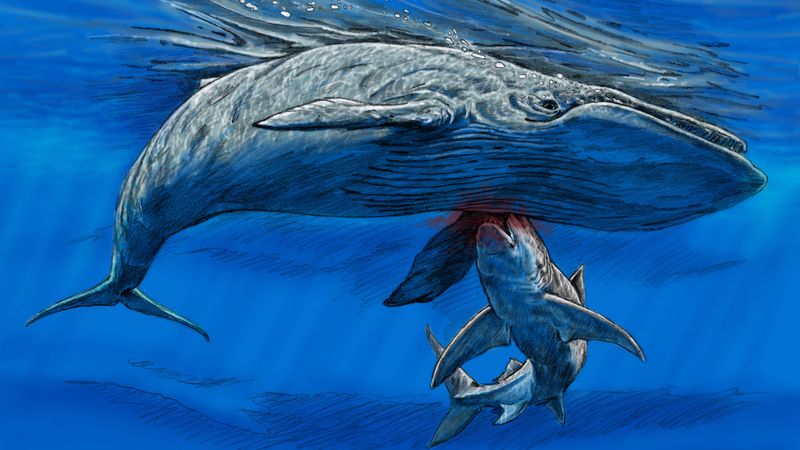
For years, scientists pictured megalodon as primarily a whale hunter. With a bite force estimated at up to 40,000 pounds – strong enough to crush a car – these sharks could take down even the largest prehistoric whales.
Fossil evidence shows megalodon teeth marks on ancient whale bones. These bite marks reveal how the shark would target the flippers and tails of whales first to immobilize them before delivering the killing blow.
Megalodon’s hunting efficiency made it the undisputed master of the seas. A full-grown megalodon might need to eat a whale-sized meal once every two weeks! Their enormous appetite kept whale populations in check and played a crucial role in marine evolution.
How Megalodon Took Down Prehistoric Whales And Other Massive Prey
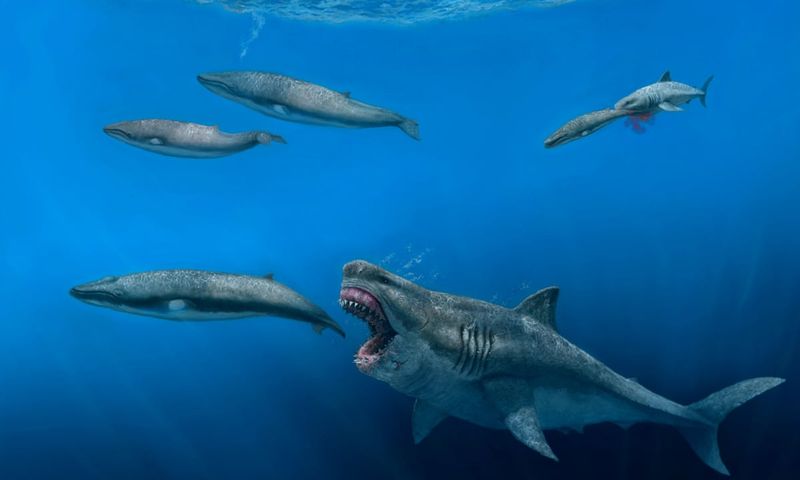
Megalodon’s hunting techniques were brutal and efficient. These sharks would strike with lightning speed, hitting prey with enough force to stun or kill instantly.
Unlike modern great whites that wait for seal prey to bleed out, megalodons could crush whale ribcages with a single chomp. Their serrated teeth worked like steak knives, easily cutting through tough blubber, muscle, and even bone.
Scientists have found megalodon tooth marks on fossilized whale vertebrae showing precise attacks. The sharks would often target vital areas like the heart and lungs. Some fossils show evidence of healed injuries, suggesting that not every megalodon attack was successful – some prey actually escaped these fearsome predators!
New Research Reveals Megalodon’s Diverse Diet Beyond Whales
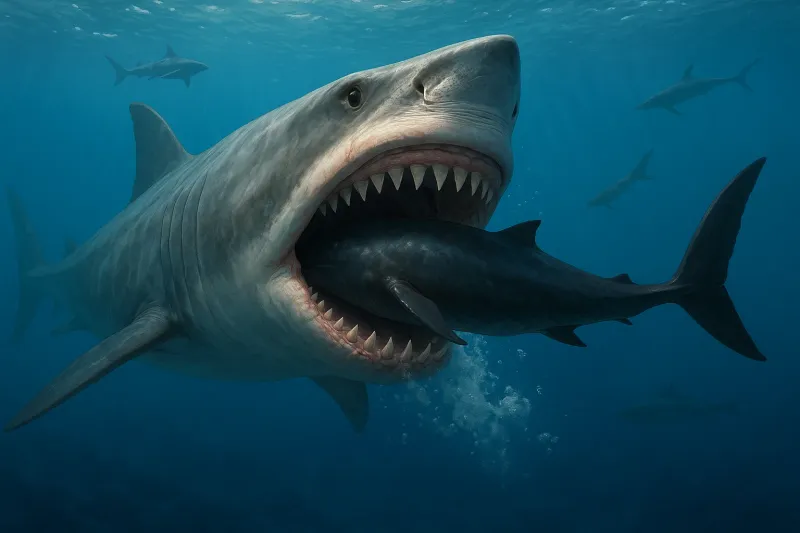
Fresh research published in Earth and Planetary Science Letters has completely changed our understanding of megalodon’s diet. Scientists now believe these sharks were much less picky eaters than previously thought!
The groundbreaking study analyzed zinc isotopes in fossilized megalodon teeth. These chemical signatures act like prehistoric food labels, revealing exactly what these giants ate.
Surprisingly, the results showed megalodons consumed everything from large fish to sea turtles and smaller marine mammals. This dietary flexibility likely helped megalodons survive for over 20 million years through changing ocean conditions. Unlike some specialized predators that go extinct when their prey disappears, megalodon could simply switch to whatever was available.
The Science Behind Megalodon’s Feeding Habits: What Fossil Teeth Reveal
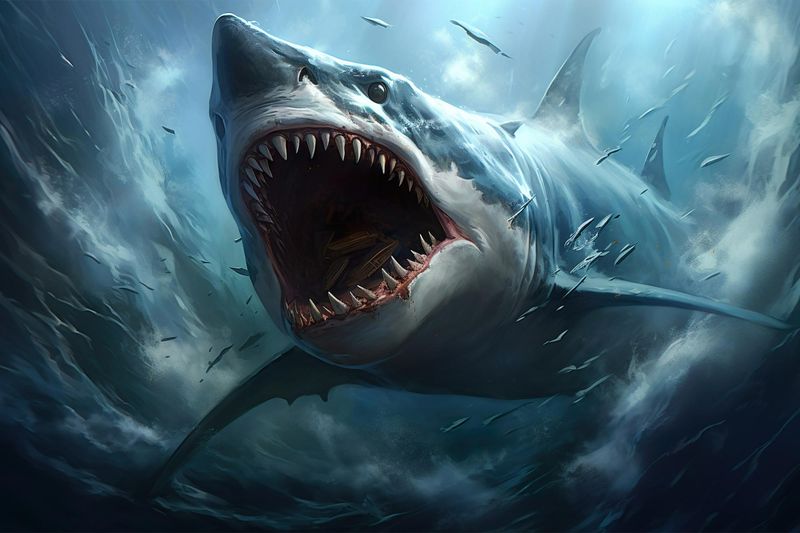
Megalodon teeth are time capsules that reveal amazing secrets about these ancient predators. Scientists examine microscopic wear patterns on tooth surfaces to determine what types of prey the shark bit into.
The chemical composition of fossilized teeth also tells an incredible story. By measuring zinc isotope ratios, researchers can place megalodon precisely in the prehistoric food chain.
Modern technology like 3D scanning and computer modeling has revolutionized megalodon research. Scientists can now reconstruct exactly how these sharks bit and chewed different prey. These teeth – some over 7 inches long – weren’t just for show! Their triangular shape with serrated edges could slice through virtually anything in the ocean, making megalodon one of history’s most versatile predators.
Uncovering Megalodon’s Expanded Menu: From Fish To Marine Mammals
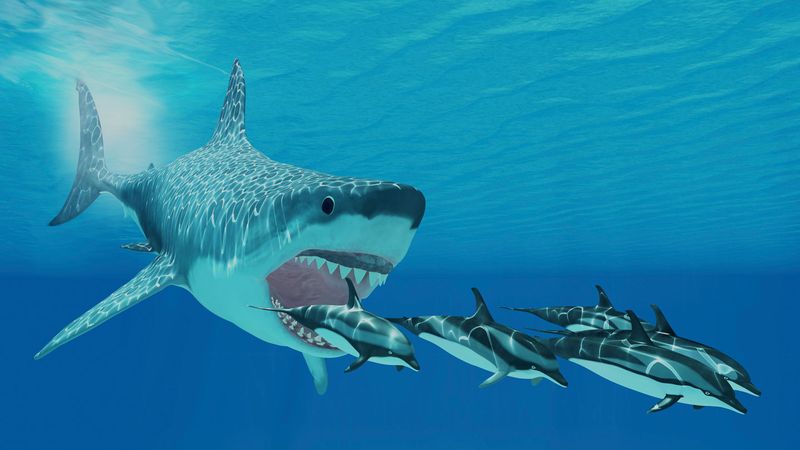
Forget the image of megalodon as just a whale eater – these sharks had a buffet-style approach to dining! New evidence shows they regularly feasted on giant sea turtles, seals, dolphins, and large fish.
Megalodons were opportunistic predators that adjusted their hunting techniques based on available prey. Young megalodons likely started with smaller prey before graduating to whale-sized meals as adults.
This varied diet gave megalodons a huge survival advantage. When one food source became scarce, they simply switched to another! Fossil evidence suggests regional differences in megalodon diets depending on local prey availability. Megalodons in warmer waters might have targeted different species than those in cooler regions, showing these predators were highly adaptable.
Dr. Jeremy Mccormack And The Zinc Isotope Study That Changed Our View Of Megalodon
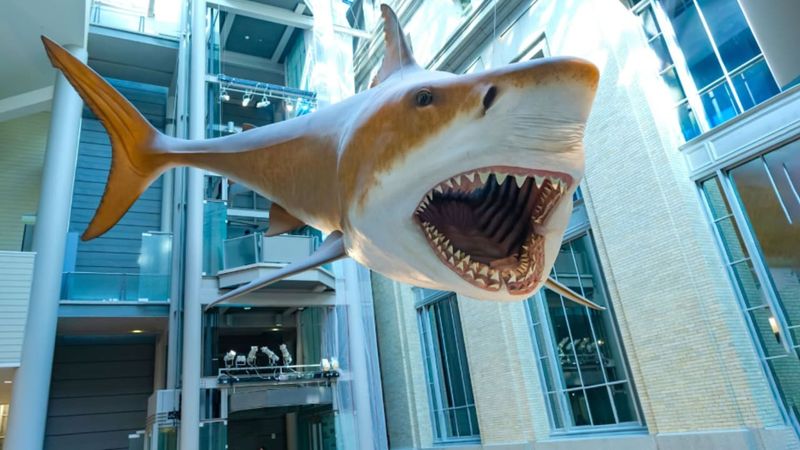
Dr. Jeremy McCormack from Goethe University Frankfurt led a revolutionary study that rewrote megalodon history. His team’s innovative approach used zinc isotopes from fossilized teeth to determine exactly what these sharks ate.
Think of zinc isotopes as nature’s food labels – they vary depending on what an animal consumes. By comparing megalodon’s isotope signatures with those of other marine animals, researchers created a detailed food web.
The results shocked the scientific community! McCormack’s team discovered megalodon occupied a lower position in the food chain than previously thought. This means they weren’t exclusively hunting giant whales but were consuming many different types of prey. This groundbreaking research was published in Earth and Planetary Science Letters, completely changing our understanding of prehistoric marine ecosystems.
The True Scale Of Megalodon’s Hunting Power Based On Fossil Evidence
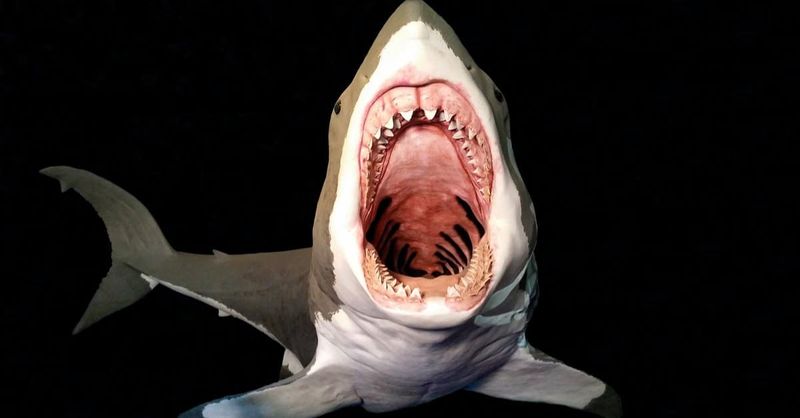
Megalodon’s hunting abilities were simply mind-blowing. Fossil evidence suggests they could accelerate faster than modern predatory sharks despite their enormous size – like a submarine with rocket boosters!
Their jaws operated like hydraulic presses, delivering up to 40,000 pounds of bite force. For comparison, that’s about 20 times stronger than a human’s bite and several times more powerful than a T. rex!
Megalodons had special sensory adaptations that made them exceptional hunters. Like modern sharks, they likely had electroreceptors to detect prey’s heartbeats and movements. They could also sense blood from miles away. With exceptional vision, smell, and the ability to detect electrical signals, megalodons were essentially swimming surveillance systems – making them the most formidable ocean predator that ever lived.




